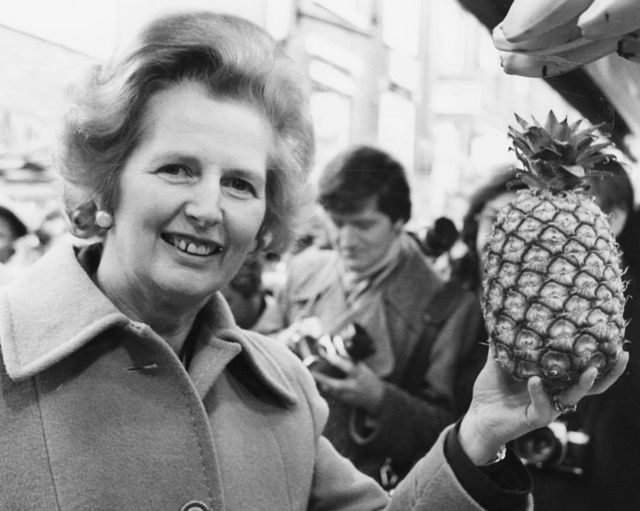
These days, pineapples are a common fruit that you may find chopped up in your salad or for sale at the supermarket. The fruit’s crown-like top and gem-like texture, however, were viewed as a symbol of wealth and power in the 1700s.
Despite being a South American origin, pineapples (scientific name: Ananas comosus) made their way to Guadeloupe in the Caribbean, where Christopher Columbus first observed their spiky crowns in 1493. In Spain, when Columbus and his men brought pineapples, everyone adored how sweet this new, exotic fruit tasted.
The Europeans tried to cultivate them there, but they didn’t get very far because pineapples require a tropical climate to develop. The only pineapples they could find had to be transported from the other side of the Atlantic, a laborious journey that frequently left behind rotten, bruised fruit.
Pineapples were no less revered in the 1700s in the American colonies. The price of a pineapple when it landed in America, which was imported from the Caribbean islands, could reach $8000 (in current dollars). The perishability, novelty, exoticism, and rarity of the fruit all contributed to its high price.
Rich colonists would host tea parties with a pineapple as the centrepiece; it served as a symbol of their money, friendliness, and social standing, and was easily identified by partygoers. Yet, at this time, pineapples were mostly used for decoration and were only consumed once they started to decay.

Later, in the middle of the 17th century, a few hothouses in England and the Netherlands were used to grow pineapples in environments that simulated the warm temperature and humidity levels required to produce the fruit.
Only the very wealthy could afford pineapples due to their high demand and short supply. Pineapples became a symbol of luxury and opulence because monarchs like Louis XV, Catherine the Great, and Charles II enjoyed eating the sweet fruit. Charles II even commissioned a picture of his gardener giving him a pineapple.
Consider the pineapple rental market to highlight how opulent and magnificent pineapples were. They might, if they so desired, pay to rent a pineapple for the night because the fruit caused such envy among the underprivileged, pineapple-less plebs.
Vendors of pineapples rented them to those who couldn’t afford to buy them before selling them for consumption. Renters would bring the pineapple to events not to present as a gift to the host but to carry about and flaunt their apparent financial stability!






















































































































































































































































































































































































































































































































































































































































































































































































